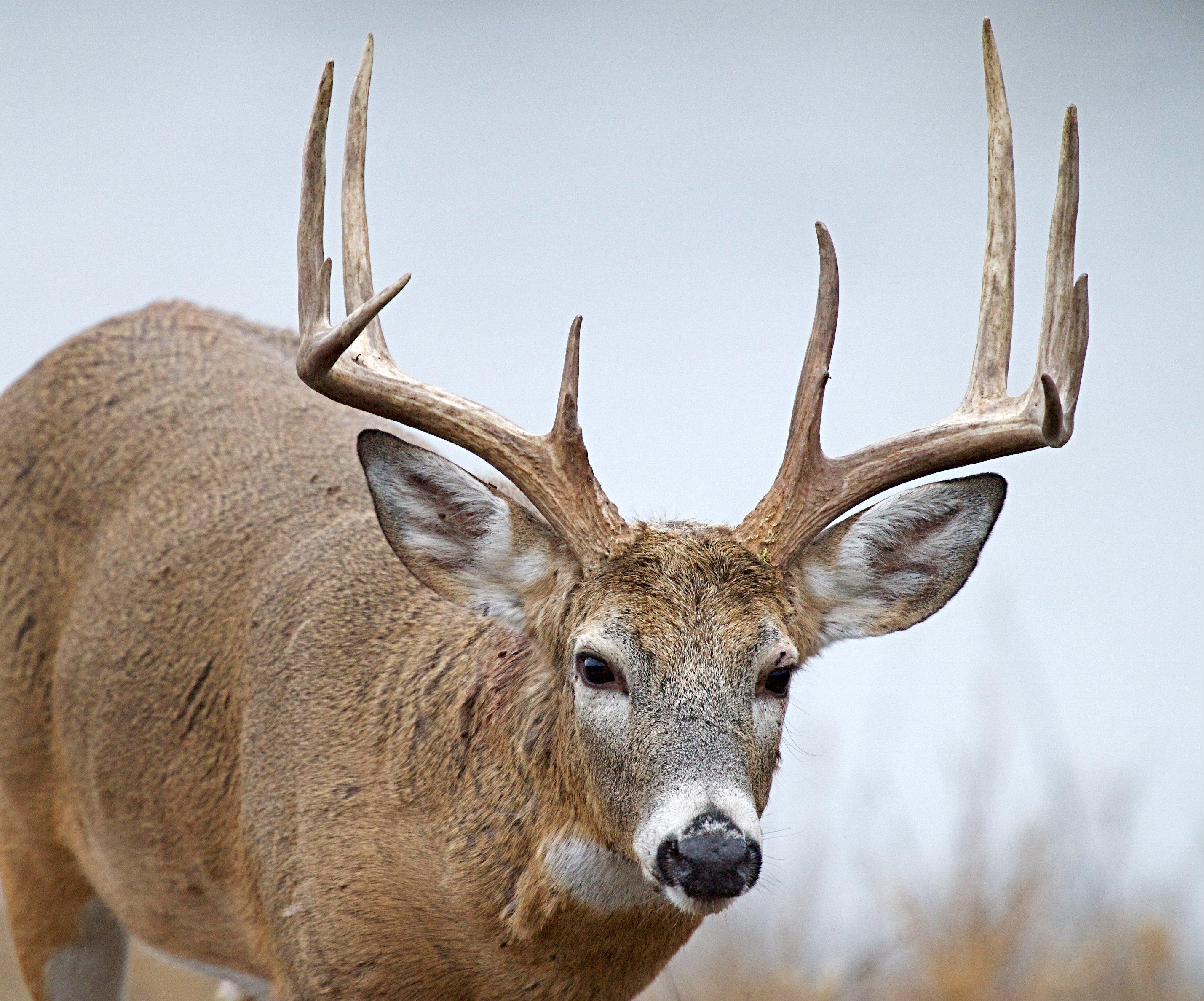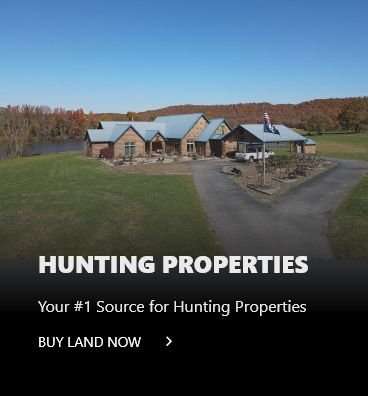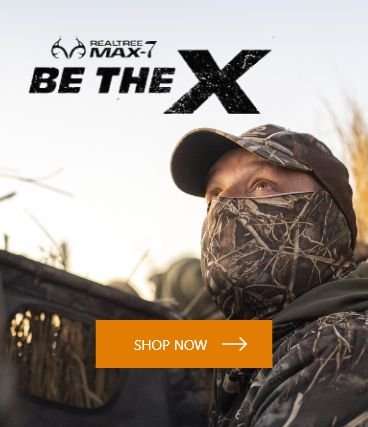776,000
Est. Whitetail Population
106,500
No. Licenses Sold Annually
$70 and up
Hunting license is $27.50. Deer tag is $42.50.
Resident hunting license and deer permit
$540 and up
Hunting license is $97.50. Deer tag is $442.50. If you don’t draw a tag, preference points are $26.50. The optional mule deer stamp (which validates your deer tag as whitetail or mule deer) is $152.50.
Non-resident hunting license and deer permit
200"
The top-scoring Kansas typical was taken in 1995 by Albert J. Daniels. It’s the 22nd-largest typical whitetail on record.
Record B&C Typical Stat
515
Total B&C Typical Entries
321 3/8"
Killed by Brian Butcher in Chase County in 2019. The buck is the 4th-largest nontypical whitetail on record.
Record B&C Non-Typical Stat
475
Record B&C Non-Typical Entries

Check out the latest info for Kansas. Image by Tom Reichner
Season Dates (2023):
Archery season opens Sept. 11 and runs through Dec. 31. Muzzleloader season is Sept. 11 through 24. Firearms season is Nov. 29 to Dec. 10. Youth and disability season is Sept. 2 through 10. There are also extended archery and firearms seasons for certain areas. These are the dates set when published. Check the Kansas Wildlife, Parks and Tourism WEBSITE to confirm.
The Grade: B
Kansas hasn’t received an A for quite a while. There are several reasons for that. The secret of Kansas hunting is out, hunters have flocked there, and the hunting quality now reflects that. Nonresident hunting license sales have steadily increased throughout the years, and public lands reflect it. Overall harvest isn’t close to what it was in the late ’90s and has been declining since 2010. Plus, tags are expensive and becoming more so. Third, there isn’t a lot of public land. The state’s Walk-In Hunting Access program isn’t as robust as it once was. Each year, the properties enrolled in the program change, decrease and seem to decline in quality. Last, more nonresident hunters apply every year, which means it’s even harder to draw. Leftover tags are a thing of the past.
Still, the Sunflower State’s whitetail hunting is good, even by Midwestern standards, especially on private and public areas with good management. This is still a solid destination for resident and nonresident deer hunters. “Due to bad drought last year, western Kansas habitat conditions were very poor going into winter,” said Levi Jaster, big-game program coordinator for the Kansas Department of Wildlife, Parks and Tourism. “So, hunters in western Kansas should expect poorer hunting. Current year conditions are much better, but it will take time to recover. Eastern Kansas is in good shape, and hunters are encouraged to harvest antlerless deer to keep the herd healthy and hunting good. We are nearing a point, especially in southeastern Kansas, where hunting may get worse because bucks won't need to search for does, and deer numbers are beginning to have a negative impact on habitat, reducing the chances of deer reaching their full potential.”
Unfortunately, CWD is on the march. “CWD was first detected in eastern Kansas deer management units,” Jaster said. “Kansas has also changed regulations regarding proof-of-sex evidence to allow greater in-field processing so hunters can voluntarily help limit CWD by leaving the most potentially infective parts (the head and spine) at the kill site.
“KDWP is implementing a program to cover the cost of all voluntary submissions of CWD samples from hunter harvested deer. For the free option, but possibly slower results, hunters can drop off samples with a KDWP district biologist or at a KDWP office, and KDWP will bulk ship samples to the lab. If hunters want faster results, they can ship the samples directly (hunter pays shipping cost) to the Kansas Veterinary Diagnostic Lab, and KDWP will cover the cost of the test.”
There are some other changes. According to Jaster, DMU 12 has an extended pre-rut antlerless deer season. Plus, no trail cameras may be used on KDWP-owned or -managed lands.
Antler Nation Knowledge:
For those who pull a tag and FIND A SPOT TO GO, the early muzzleloader season is greatly underused. Only 7,000 hunters carry a smokepole during that season. Plus, deer are still in summer patterns at that time. Also, according to Kansas officials, few hunters go afield during October. You can find yourself with little competition during that period.
Regarding trophy potential, the eastern half of the state cranks out Booners on a consistent basis. Anderson, Bourbon, Butler, Chautauqua, Cowley, Crawford, Doniphan, Greenwood, Jefferson, Linn, Lyon, Marion, Republic, Riley, Pottawatomie, and Shawnee take top honors in that region. The south-central part of the state does well, too. Barber, Clark, Comanche, Harper, Kingman, Reno, and Sumner are contenders. Records aside, don’t forget about the prairie country to the southwest. Few hunters consider it, and those who do find pleasant surprises along timbered creek drainages.
“Kansas has very little public land available to hunters, but the KDWP managers on those public lands do an outstanding job,” Jaster said. “Typically, our public lands have higher deer numbers than the DMU they occur in, but they also have substantially higher hunting pressure too. The best thing a hunter who wants to hunt public land in Kansas can do is research what properties are available in the DMUs they are hunting in and try to find those overlooked spots. Also, check out the WIHA properties, and look for overlooked pockets of deer habitat on those.”
Finally, note that regulations changed to allow hunters to quarter an antlerless deer in the field without first electronically registering it. However, they must still check game and retain proof of sex attached to a hindquarter until they do so. This change is to help prevent the spread of CWD by leaving high-risk carcass parts (with the most prions) at the kill site.










